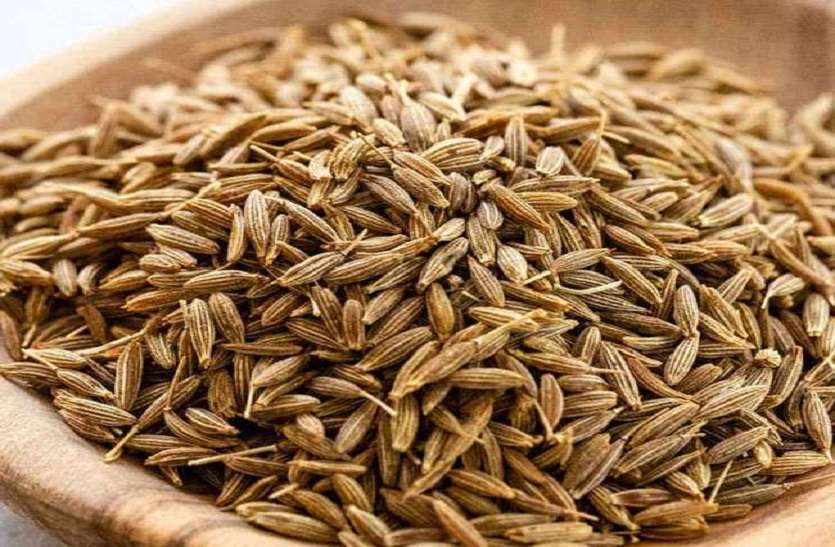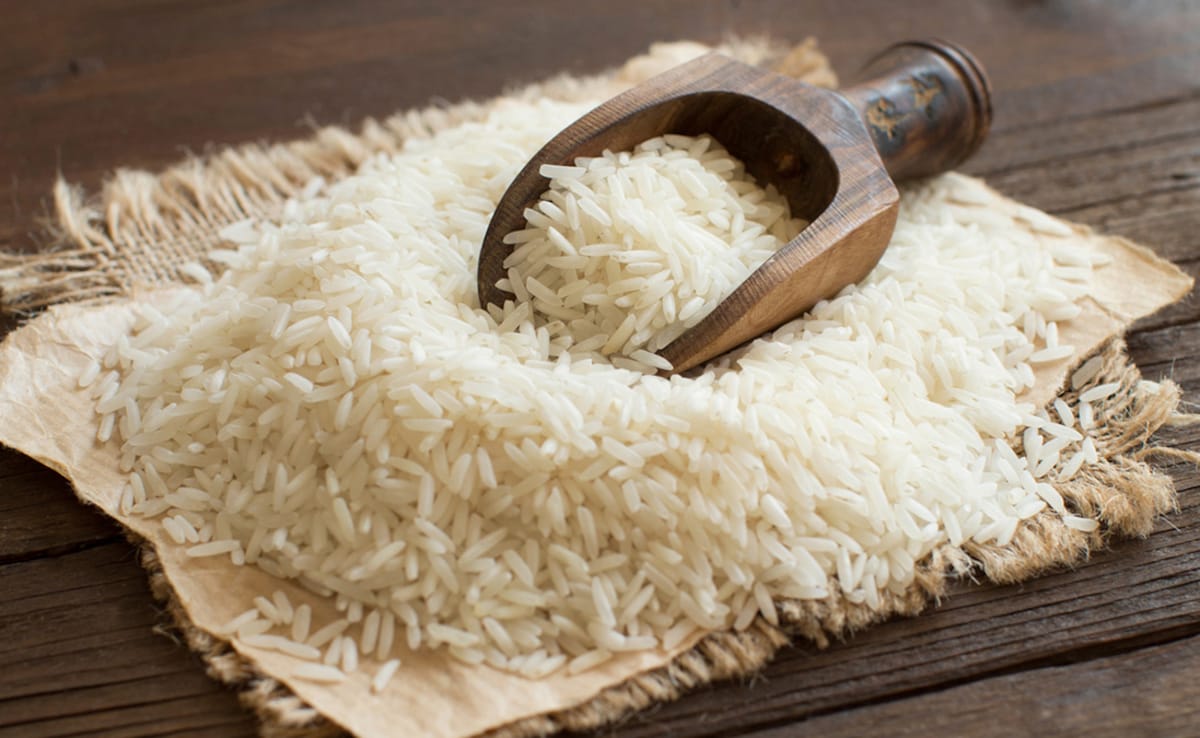The National Commodity and Derivatives Exchange (NCDEX), which established the Turmeric Product Advisory Committee (PAC), has stated that futures trading ensures transparent price discovery for all participants in the commodity value chain and that future prices serve as a benchmark for physical trade as well.
The PAC report was released in response to some dealers of turmeric from the Maharashtra areas of Marathwada and Vidarbha calling for a ban on the commodity’s futures trading because they believe it promotes speculative trading. According to the report, crop quality variations can sometimes cause price variations of up to 80%, or roughly 30%, between the minimum and maximum prices. The committee reviewed the product and the most current worries of Marathwada and Vidarbha traders at a meeting held last month in Mumbai.
According to Ankit Agarwal, Director of Amar Agarwal Foods India Pvt Ltd, an exporter of turmeric-based in Erode, Tamil Nadu, “Turmeric future price is a benchmark price for farmers and helps masala companies and exporters in procurement by giving them a fair idea about the future price predictions.” He claimed that earlier this year, prices increased as a result of rumors of potential crop losses. But prices have been steady since April when the crop was harvested. Following earlier this year’s spiking rates of Rs 10,500–10,700 per quintal, prices have been returning to a normal range of Rs 7000–8000.
On September 8 on NCDEX, the spot price of turmeric was quoted at Rs 7372 per quintal, while the future price for October 20, 2022, was Rs 7092 per quintal. The main marketplaces for the commerce of turmeric are Erode (Tamil Nadu), Basmat (Maharashtra), and Nizamabad (Telangana). When the monsoon season begins in June, turmeric is sown. Harvesting begins in February. The three states that produce the most of the spice, Maharashtra, Telangana, and Andhra Pradesh, produced 0.46 million tonnes of turmeric in 2022, a rise of more than 9% from the year before.

